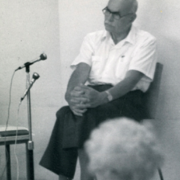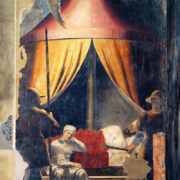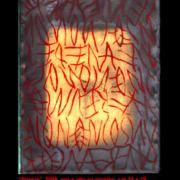Rêverie and amplification, gateways to the unconscious
Abstract
Many similarities can be observed between Jung’s theory and that of Bion, as their ideas converge on several central themes of their theoretical-clinical thinking: archetype and pre-conception, psychoid and protomental, anima and alpha function, alchemical recipiens and container, synchronicity and constant conjunction, amplification and rêverie (Manica, 2014). In this paper, we wanted to deepen our understanding of the last pair of concepts and demonstrate that there is a substantial affinity between the two. Amplification and rêverie can be considered gateways to the unconscious, rather than mere techniques: these are modes of immersion and creation of that space of analysis that Ogden defines as the <>. The analytic third stands in dialectical tension with analyst and analysand, and both are deeply involved in a relationship in which the affinities tend to become more evident, moving forward to realise the Self, according to Jung, or the transformation in O, according to Bion.
In Bion’s transformation in O, the rêverie plays a central role, as it allows the beta elements originating from O to be converted into K, that is, into knowledge of O. Bion thus identifies, in the rêverie, the necessary condition for accessing the unconscious, moving forward the transformation in O. According to Jung, the symbols that emerge from the amplification process can be amplified and connected in the process towards individuation, which tends to reach the psychological phenomenology of the Self. Our theoretical considerations will be supported by clinical material taken from an individual analysis and group analysis case studies.






